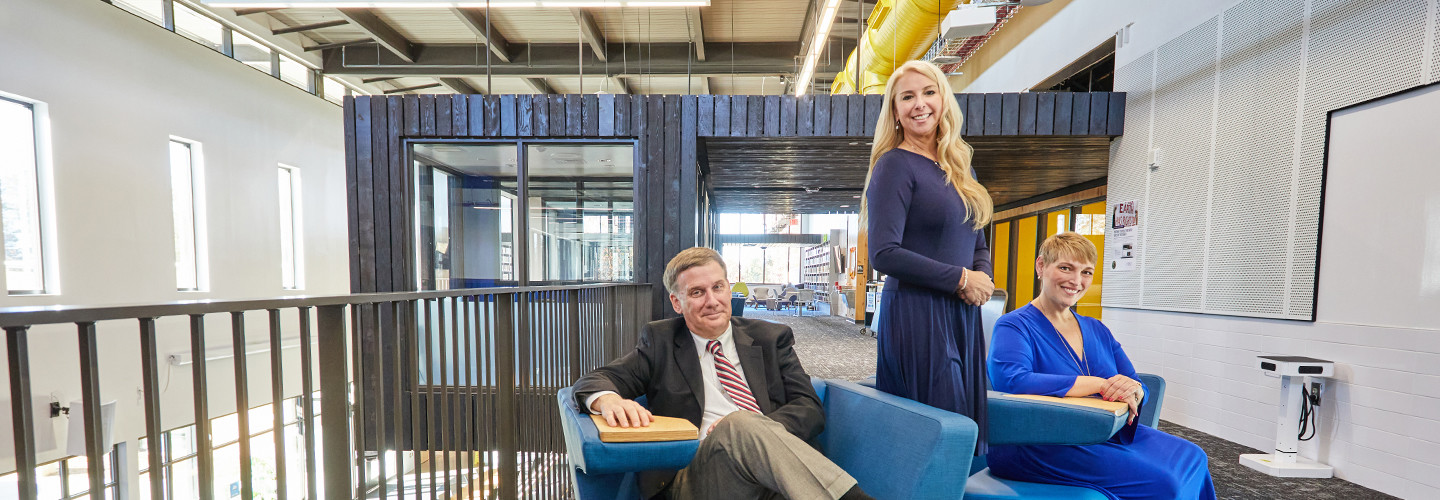In this regard, FCS educators were probably more ready for remote learning than most due to their not-so-secret weapon: their Vanguard team — an in-house corps of ed tech experts that includes teachers and principals who volunteer as instructional coaches, Van Looy explains.
The program launched in 2013 with just 25 members and now has 300, dramatically increasing the capacity of the district’s four-member instructional technology department. Since Vanguard members were already embedded in schools when the pandemic hit, they were “ready to take the wheel” and lead training as instruction went remote, Van Looy says.
RELATED: Outsource cybersecurity expertise in K–12 districts with virtual CISOs.
The pandemic also demonstrated to FCS how crucial it is to have an agile PD strategy and strong relationships with ed tech vendors and other community resources.
It’s a move that ISTE’s Frisbee also supports. She says technology providers especially can “help educators move beyond just the tool itself, to think about transformational practice. That way, it’s really elevating the whole field.”
FCS worked with Microsoft, a long-term partner, to create a series of remote professional development sessions that are still available on demand, according to Van Looy.
The district also expanded an existing relationship with nearby Kennesaw State University, which sent in coaches to help teachers make the most of programs such as Nearpod and Adobe Spark. The result? “People really jumped in,” Van Looy says, using the tools to create lessons and assessments.
Working Within a Shifting Model
Neal Weaver, Santa Fe Public Schools’ chief information and strategy officer, says that since the pandemic began, the district has taken a “learning while doing” approach to new technology.
It rolled out Canvas in 2020, and in addition to lesson planning and grading, the district uses the LMS to deliver professional development. It also offered virtual one-to-one support over Google Meets during remote learning.
The PD-via-LMS setup requires that teachers engage with the course material, upload a lesson plan based on what they learned and then write a reflection of how it went. Not only are there metrics to support what took place, but teachers get practice using the platform at the same time, Weaver says.
Now that most of Santa Fe Public Schools’ 13,000 students are back in person, the district is using PD to bring the skills, practices and collaborative nature of remote learning into the live classroom.
To help, the district deploys 13 digital learning coaches at over 30 locations.
“One of the biggest things we’re doing is just trying to help teachers think differently about the ways they are using technology within their classroom to better engage their students,” Weaver says. “The biggest travesty in all this would be that we come back to school, and we continue to do it the way we did it before we left.”

